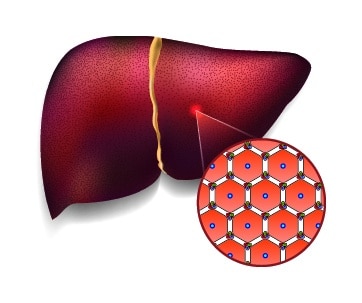Researchers reported when injury or disease causes shortage of a type of liver cell, the liver instructs another type of liver cell to change identities to provide replacement, which may lead to viable treatment for human disease, and possibly gain alternatives to repairing tissue without requiring stem cell manipulation to grow organs, and expensive difficult to obtain organ transplants, which is/will be investigated on ongoing follow up studies. Form and function of hepatocytes liver cells provide most of the liver’s functions as they are remarkably flexible, providing opportunity for therapy for large groups of liver diseases, according to Willenbring, MD, PhD.
Alagille syndrome is a rare inherited genetic liver disorder due to Notch pathway deficiencies that play a role on cell development, which occurs in 1 in 30,000 people, emerging in infancy or early childhood. Alagille syndrome is known for disrupting the liver’s plumbing system that consists of bile ducts which deliver bile to the intestine that is made in the liver; extent of which can range from too few or narrow ducts to missing all bile ducts, resulting in bile building up inside the liver causing damage. In most patients bile duct function can be managed and sustained, but eventually 50% of patients will require a liver transplant.
The liver takes a beating every day, processing everything from alcohol to medications prompting it to develop rapid healing ability which does not rely on stem cells. In addition to making more liver cells, these cells can switch identity to produce a cell type to replenish cells which are lost or never formed; which has been shown by this study that the switch happens at a massive rate.
Model mice were generated lacking in cholangiocytes liver cells that form bile ducts, animals quickly developed signs of liver injury. Symptoms improved over time due to hepatocytes cells converting into cholangiocytes cells to form fully functional bile ducts. Previous studies show that cholangiocytes become hepatocytes if ability to regenerate is impaired, suggesting if viewed together, switching cell identity is the main backup mechanism for liver repair.
This new study suggests that the Notch pathway is critical for forming bile ducts and can be replaced in patients with ALGS if defective by another pathway. The process is regulated in the injured liver by transforming growth factor beta proteins which control cell growth. This is a critical discovery and step forward to identifying targets to design therapies for to help control this process.
The team is working to determine the exact set of transcription factor proteins which work together to enable the process of identity switching. Due to their findings showing that an entire biliary system can be functionally retrofitted in a model animal researchers are encouraged that this will be a safe and effective therapy for human patients, and hope to determine whether liver cell switching can be of benefit to other types of liver diseases.
Materials provided by Cincinnati Children’s Hospital Medical Center.
Note: Content may be edited for style and length.




